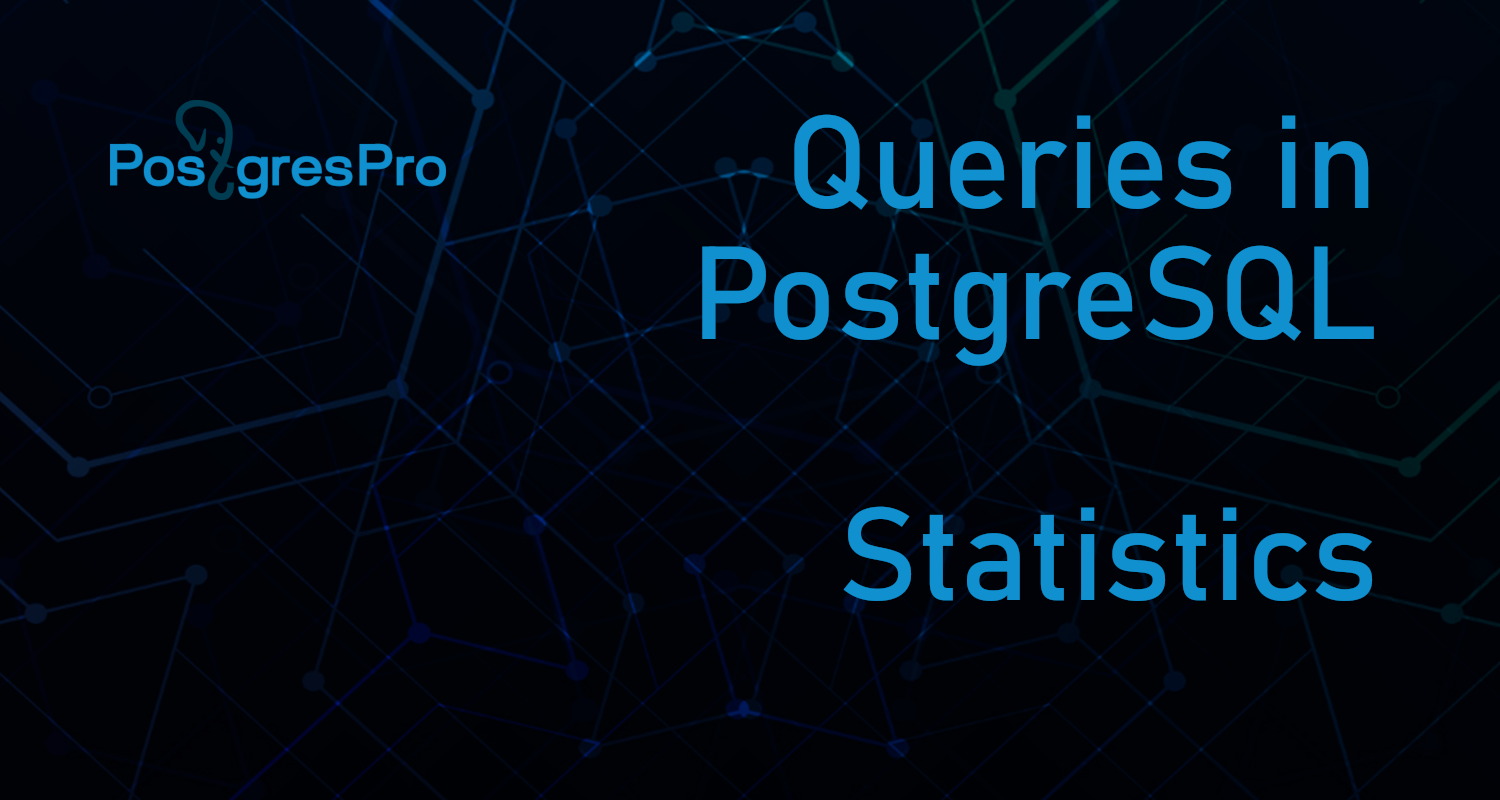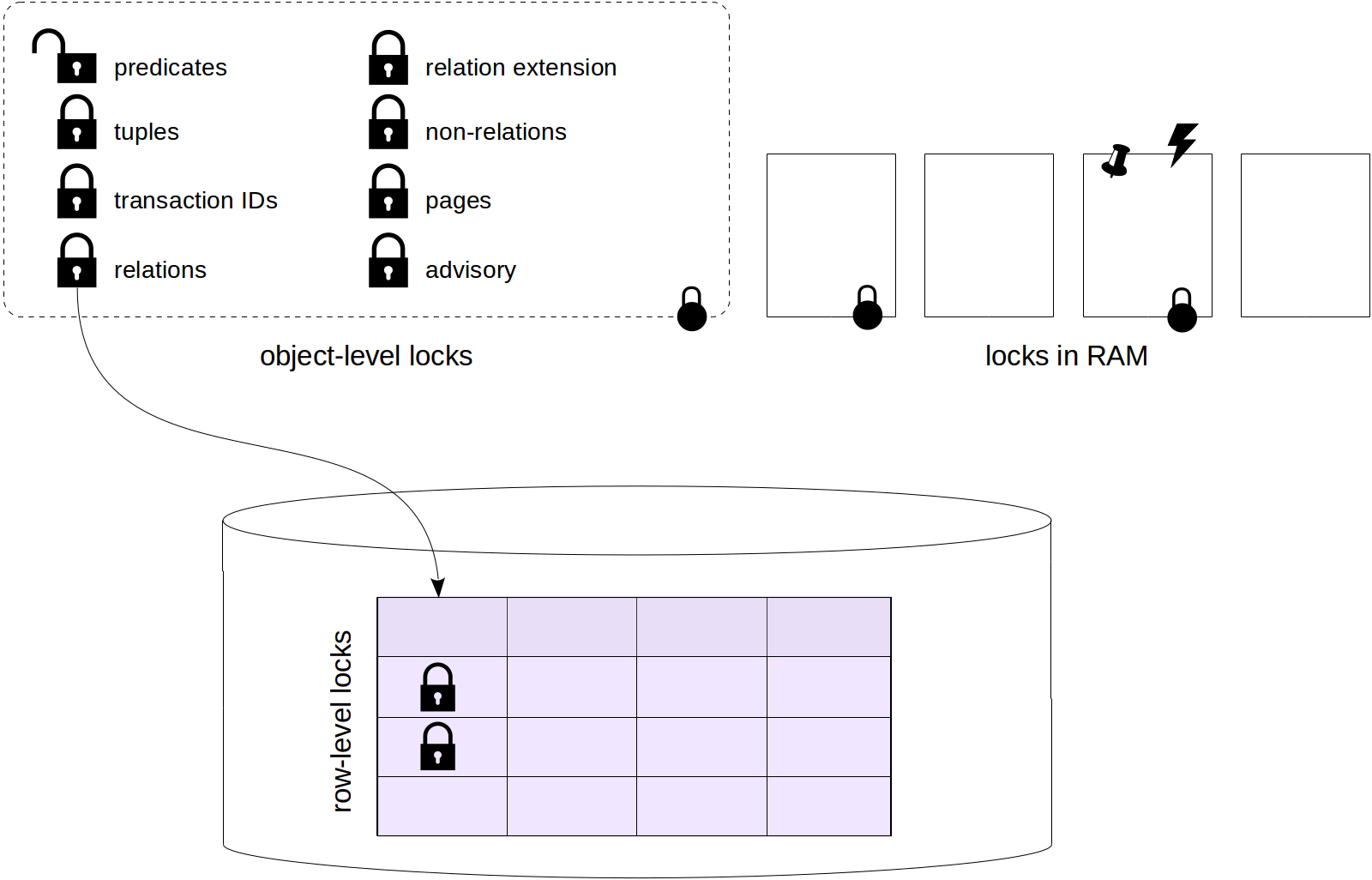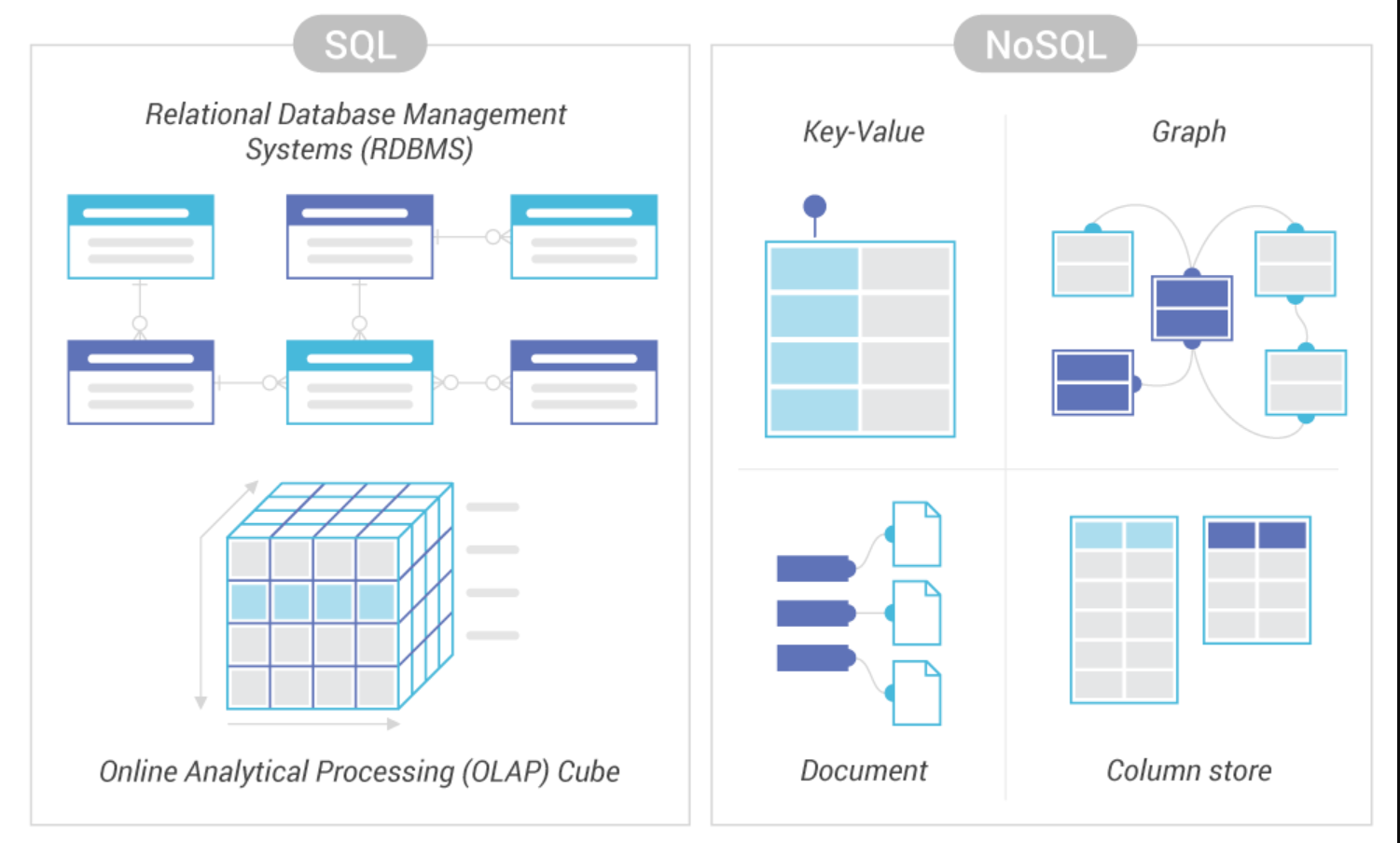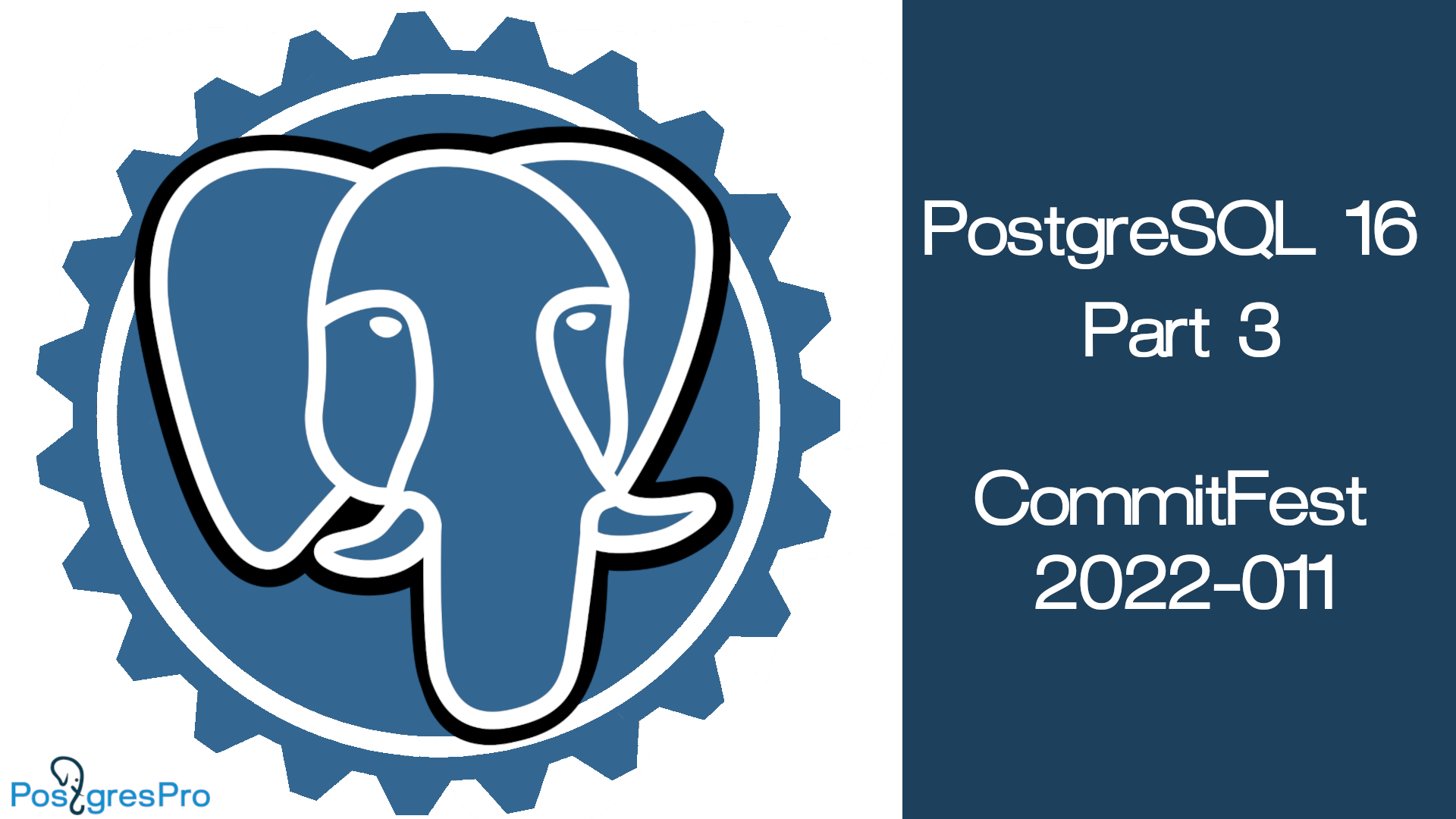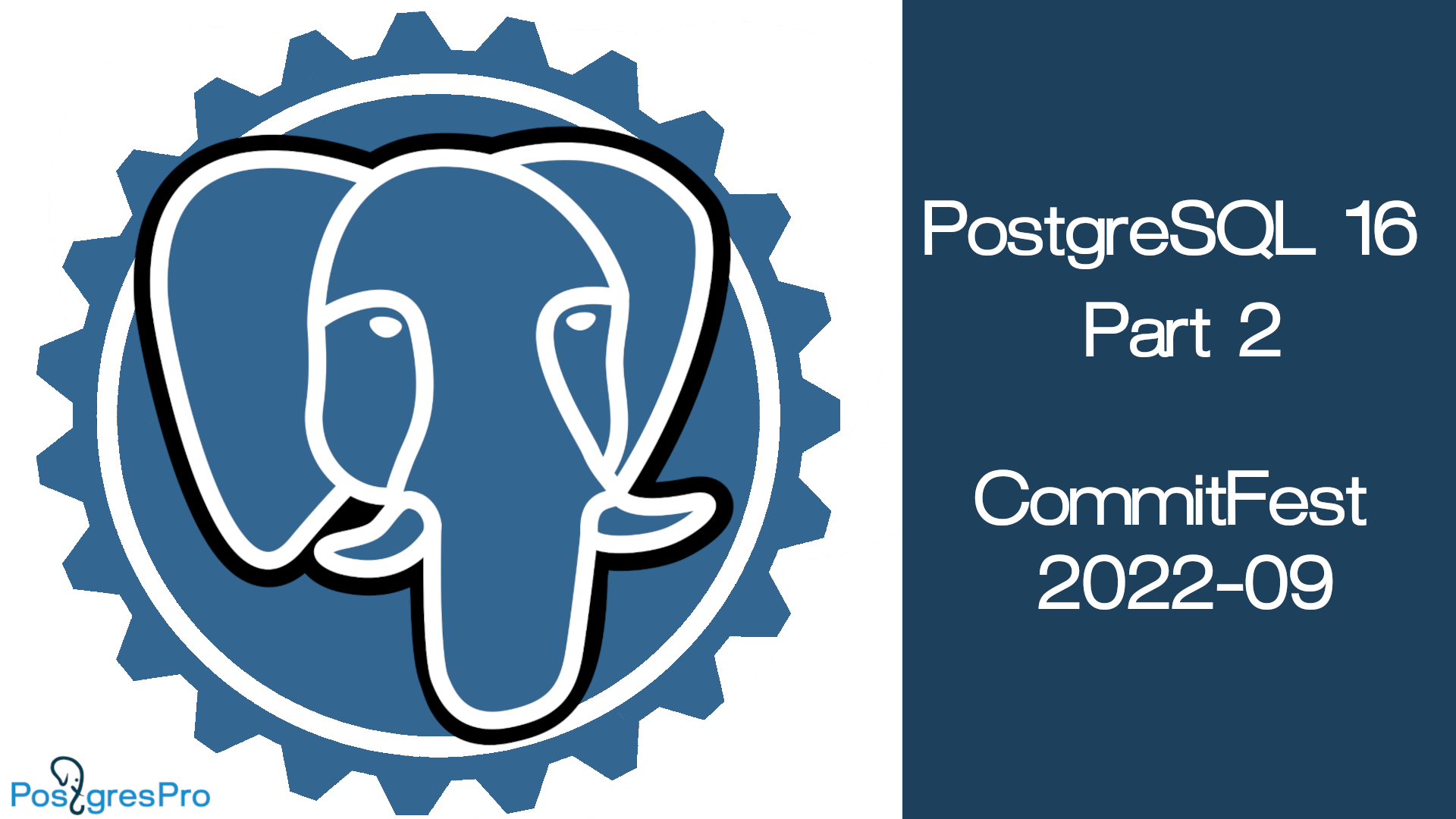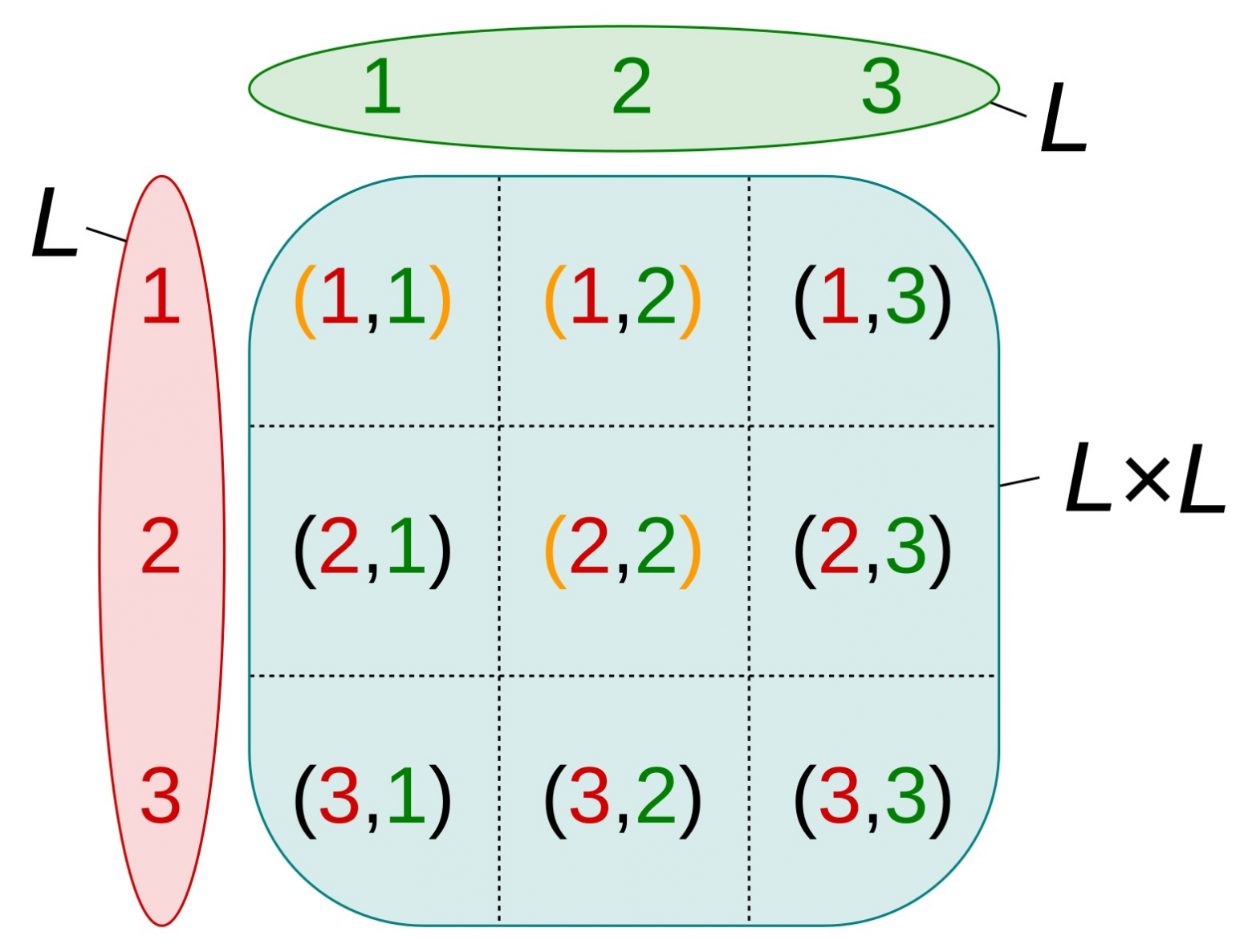Queries in PostgreSQL. Sequential scan
In previous articles we discussed how the system plans a query execution and how it collects statistics to select the best plan. The following articles, starting with this one, will focus on what a plan actually is, what it consists of, and how it is executed.
In this article, I will demonstrate how the planner calculates execution costs. I will also discuss access methods and how they affect these costs, and use the sequential scan method as an illustration. Lastly, I will talk about parallel execution in PostgreSQL, how it works, and when to use it.
I will use several seemingly complicated math formulas later in the article. You don't have to memorize any of them to get to the bottom of how the planner works; they are merely there to show where I get my numbers from.


